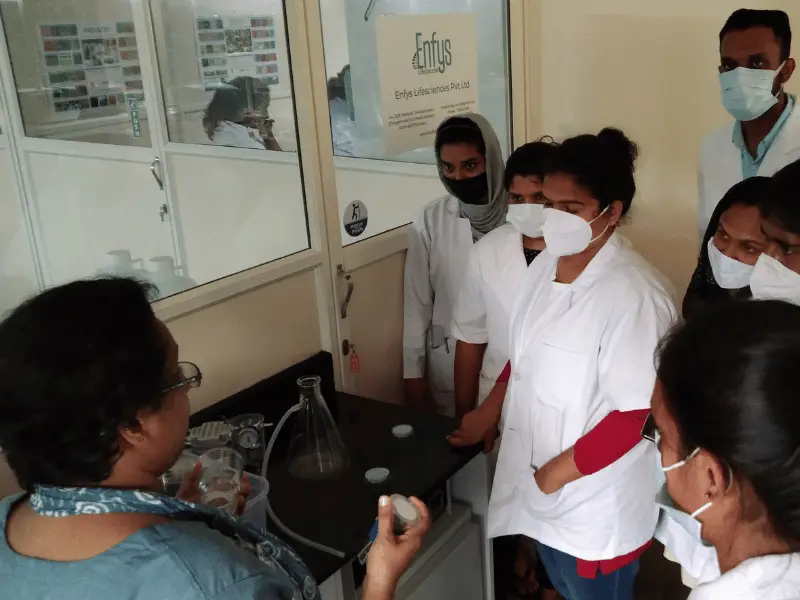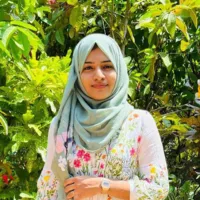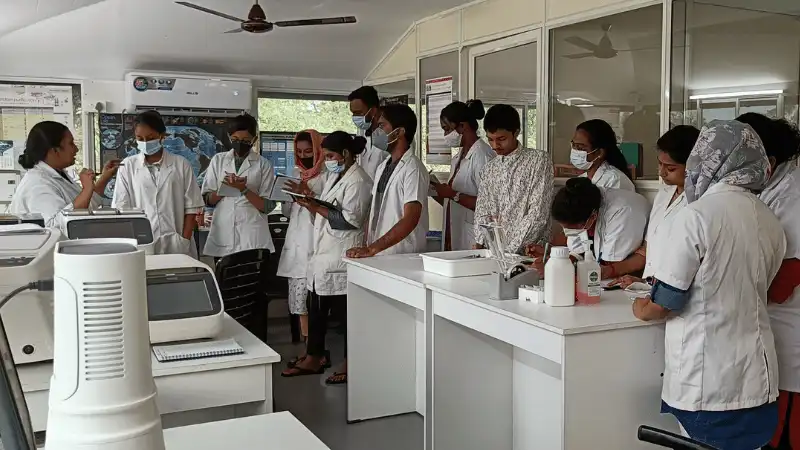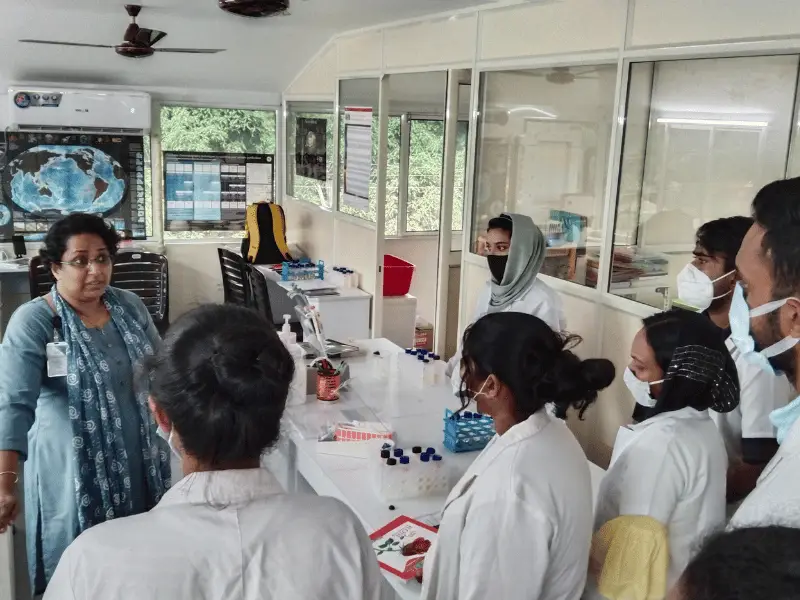Trevor Platt Science Foundation
TPSF Internship programme
TPSF Internship programme is intended to provide support, both financial as well as scientific, to outstanding PG or early PhD students willing to do their dissertation on an advanced topic related to water quality. From 2024 onwards, the selection is through open call for applications.
About
Internship 2024
The Internship awardees were selected through an open call for applications, on merit basis.

The two awardees, Fathimathul Henna P and Sangeetha S did their PG dissertation at Enfys Lifescience Pvt. Ltd., (https://enfyslifescience.com/), a state-of-the-art microbiology and molecular biology institute in Kochi, Kerala, India. under the guidance of Dr. Jasmin. C, Director of TPSF.
Trevor Platt Science Foundation
TPSF Internship programme 2024

AWARDEE
Fathimathul Henna P
Educational Qualification
M. Sc Zoology
Affiliation
Kannur University College, Mananthavady, India
DURATION
2 months
Investigating water-associated disease vectors and microbial pathogens linked to water hyacinth in Vembanad Lake
Abstract
Unabated growth of the invasive hydrophyte, Eichhornia species throughout Vembanad Lake and the canal network connected to it is posing hindrance to transportation, fishing and day to day interaction of the people with the water. The proliferation of these organisms fluctuates dynamically in response to variations in salinity levels. During the monsoon season, when the entire lake is freshwater dominated, these hydrophytes envelop the lake’s surface, whereas during the dry season, the hydrophytes get decayed by the incursion of saline water. In addition to the deterioration of water quality during decay, the hydrophytes also harbour pathogens and vectors of water-associated diseases. The current study reports the occurrence of larval forms of different organisms and fecal indicator bacteria in the roots of Eichhornia species collected from three different stations of canals connected to the Vembanad Lake. The larvae of mosquitoes were found in all stations, but the abundance differed between stations. The molecular sequencing of these larvae identified them as Mansonia Indiana, a zoophilic mosquito which serves as a vector for the filarial nematode Brugia malayi. Other organisms found within the network of root were the snails, water bugs, diving beetles and water spiders. The root samples also had a high abundance of coliform bacteria, Vibrio-like and Salmonella-like organisms in their roots. The results of the current study support the hypothesis that the Eichhornia species in the canal systems of Vembanad Lake can behave as an incidental carrier of pathogens and vectors of water-associated diseases.

AWARDEE
Sangeetha S
Educational Qualification
M. Sc Marine Biology
Affiliation
Cochin University of Science and Technology, Kochi, India
DURATION
1 month
Studies on the complex association of multiple antibiotic resistant Escherichia coli with invasive hydrophytes and phytoplankton in estuarine and coastal waters
Abstract
Waterborne illnesses are becoming prevalent worldwide, particularly in coastal regions, which are home to a significant portion of the global population. Fecal contamination from non-point sources in the aquatic bodies results in increase in microbial pathogens especially fecal indicator bacteria Escherichia coli. Pathogenic strains of E. coli can cause several diseases among human population. E. coli in the water forms complex association with water hyacinth Eichhornia crassipes which is an aquatic weed with potential ability to act as a reservoir for E. coli. The role of phytoplankton as reservoirs for E. coli is already established. Emergence of antimicrobial resistance among pathogenic microbes is a major health concern. This study mainly focuses on association of E. coli with phytoplankton and root of water hyacinth, followed by their characterization and the Antibiotic resistance profiling against different generation antibiotics and calculating the Multiple Antibiotic Resistance (MAR) index of each isolate. The results from the study depicts that most of the isolates exhibit multi-drug resistance which is a globally challenging threat. The wide geographical distribution of aquatic weeds and phytoplankton along with the associated pathogenic microbes resistant to a wider range of antimicrobials, leads to the emergence of high-risk disease outbreak.


